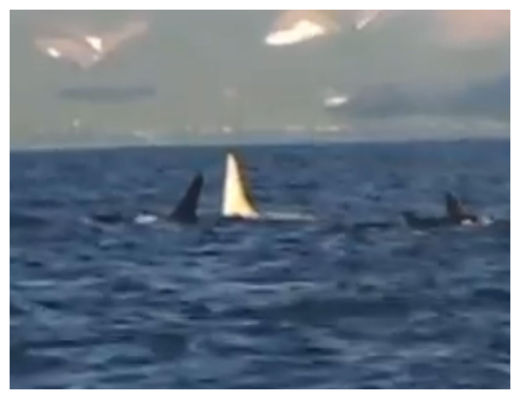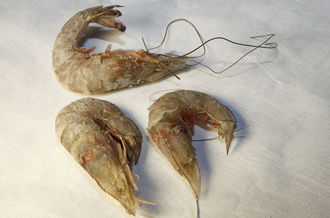
© Xu Dianbo/China DailyVolunteers from Yueyang, Hunan province, carry the corpse of a finless porpoise from Dongting Lake on Saturday.
Within the last month and a half, the corpses of 12 endangered finless porpoises, including a pregnant one, have been found around Dongting Lake, Hunan province.
It has triggered worries from experts about the rare species possibly becoming extinct.
Scientists said finless porpoises, which have lived in the Yangtze River and adjacent lakes for more than 20 million years, will become extinct within 15 years. The porpoises are also called "river pigs".
"Apparently the prolonged drought and low water level due to climate change and increasing offshore human activities are reducing the living space for finless porpoises, accelerating its extinction," Wang Kexiong, an expert of the Institute of Hydrobiology under the Chinese Academy of Sciences, told
China Daily.It is the first time he has heard of so many dead porpoises found within such a short period.
Xu Yaping, a journalist from Hunan's Yueyang city who is campaigning to ensure the survival of the species, said when most of the corpses were dissected no food was found in their digestion systems.
Xie Yongjun, an associate professor of animal husbandry at Yueyang Vocational and Technical College, told
China Daily the porpoises may have died due to starvation, poisoning or infectious disease.
There were no obvious injuries in the three corpses he dissected, Xie added.



Comment: It's not the first or second time something like this has happened. And we, at SOTT, wonder what exactly is going on.
Jellyfish Invasions Force Shutdowns at 3 Separate Nuclear Plants
Attack of the jellyfish: Sea creatures shut down ANOTHER power station amid claims population surge is due to climate change
Jellyfish threaten Israeli power plant
Jellyfish shut down British nuclear reactor